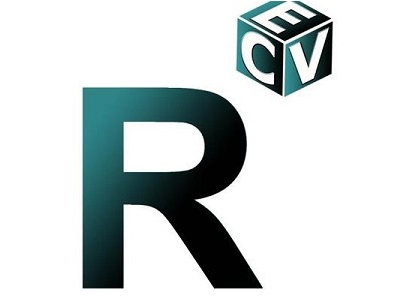R3 blockchain bank consorium launches Corda

The blockchain banking startup R3 CEV have announced its plans to build CORDA, its own ‘enterprise grade’ distributed ledger platform as well as road testing all the major smart contract platforms on behalf of it’s consortium members. Could this be an alternative to Ripple?
Financial innovation firm R3 began with nine member banks announcing the formation of their distributed initiative in September 2015. Within 2 weeks, a further 13 of the world’s leading banks joined the partnership bringing the number of banks to 22, including Bank of America,Bank of New York Mellon, Mitsubishi UFJ Financial Group, Citi, Commerzbank, Deutsche Bank, HSBC, MorganStanley, National Australia Bank, Royal Bank of Canada, SEB, Societe Generale and Toronto-Dominion Bank.These institutions will join Barclays, BBVA, Commonwealth Bank of Australia, Credit Suisse, Goldman Sachs, J.P.Morgan, Royal Bank of Scotland, State Street and UBS in developing commercial applications for this emergingtechnology in the global financial services industry.
The orignail aim was for the group to collaborate on research, experimentation, design and engineering to use blockchain to meet banking requirements for security, reliability, performance, scalability and audit by ‘sandboxing’ current distributed ledger systems.
By March 3rd 2016, R3 had announced that they had already completed a trial of 5 different blockchain solutions; the blockchain concepts tests were presented by Eris Industries, Ethereum, IBM, Intel and Chain, according to reports by Reuters and The Wall Street Journal.
Forty banks took part, drawn from the collection of banks that have thrown their support behind the R3-led consortium. A number of those banks have launched trials of their own in addition to the work conducted as part of R3. Cloud infrastructure was reportedly provided by Amazon, Microsoft and IBM.
The test followed a smaller trial conducted in January, where 11 banks took part in a test, leveraging the Microsoft Azure blockchain as a service [BAAS] platform to use a version of the Ethereum network. Coindesk has announced that future tests are expected to take place with the involvement of government regulators.
The tests involve the modelling of smart contracts that were a template for commercial paper transactions. They seem to be using a combination of ‘wet’ and ‘dry’ smart contraccts to ensure that all parties in a transaction ‘see the same thing’ and know that others who need to know this truth can recognise it’ – according to R3 CTO Richard Gendal Brown.
To manage the initial group of banks, R3 originally divided the project into three working groups, focussed on architecure, use cases and legal/regulatory issues. The aim was to work towards a consensus on what kinds of technology would address their spectic needs. Their unofficial motto was ‘Adopt, adapt or build’ with emphasis on ‘or’.
But the original idea seemd to expand. A collaborative lab was created complete with computer scientists designed to find the’unified approach’ by allowing the computer scientists, architects, business experts and lawyer to provide feedback and troubleshoot, as the banks around the world lanuched their own nodes for supporting the network.
The result of the collaboration has been the lauch of Corda by R3 which is;
“a distributed ledger platform designed from the ground up to record, manage and synchronize financial agreements between regulated financial institutions. It is heavily inspired by and captures the benefits of blockchain systems, without the design choices that make blockchains inappropriate for many banking scenarios.”√جª¬ø
Brown makes it clear that Corda will use blockchain, it is not a blockchain ( unlike Ethereum). It is written to demonstrate that there can not be two conflicting versions of the same transaction existing at the same time. Brown deals with the five key ingredients, namely consensus, validity, uniqueness, immutability and authentication. ( which sounds suspiciously like a blockchain).
It seems that this is in effect a private blockchain, where only the parties to a transaction can see the details. The theory is that the bitcoin network was necessary to permit coin holder to exchange it anywhere. This proposal takes into account the belief that private transactions need not be held on a public blockchain. [For a discussion of the public/private blockchain arguement, please see blog article dated


